In Judy Zugish’s hands, basketry becomes a living dialogue with the natural world.
Since 1978, Judy has been at the forefront of contemporary basketry, a discipline she discovered by accident while pruning a magnolia tree.
The branches were so beautiful that she hated to toss them in the compost, she said. Instead, she started fiddling around with them and made an unusual little form.
“It literally came to me,” she said. “I was just experimenting. Nature, itself, just grabbed hold of me that day.”
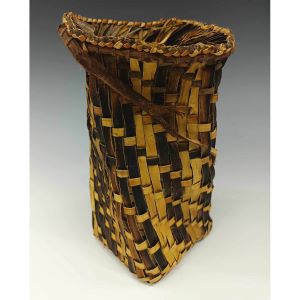
Judy’s work draws on traditional techniques and her own deep knowledge earned through cultivating, nurturing, harvesting, drying, and working with the plant materials that go into her creations.
That moment of recognition set her on a path that would lead her to study with master weavers across continents, from Japan to Australia. Over the years, her craft has become a discipline that combines sustainability, predictability, and inspiration. The BARN visiting instructor and Co-founder of Fishsticks Basketry School in Marysville tends a “fiber arts garden,” nurturing the very plants that will eventually become her art.
Judy draws on the traditional techniques she’s learned along the way and her own deep knowledge earned through cultivating, nurturing, harvesting, drying, and working with the plant materials that go into her creations.
“My work explores the shapes and layers of materials,” Judy says. “I peel and extract elements from barks, vines, and natural gatherings to expose the character within.”
“When you become a natural basketmaker, your eye is always attuned to nature’s offerings,” she says. “It’s not just about harvesting; it’s about fostering a reciprocal relationship with your environment.”
Whether creating elegantly refined pieces or embracing a more rustic aesthetic that “keeps the tree in it,” each basket is a deliberate application of skill and understanding. “There are no shortcuts,” she insists. “Every piece is an intentional dialogue between maker and material.”
Zugish deeply resonates with the meditative aspect of basketry. “The beauty lies in the simplicity of tools—hands, a pocketknife, and the ability to create,” she says. “There’s a meditation in the process—keeping the tension, holding this basket in your lap, like a baby almost, it begins to grow line by line, stitch by stitch.”
“Once you understand the process, you never see a basket the same way,” she says. “You recognize the human touch in every piece, the hours of labor, the silent communication between maker and material.”
In Zugish’s practice, basketry becomes a lens through which to view our relationship with the natural world. Her work invites us to slow down, to consider the origins of objects, and to recognize the potential for beauty in the most humble materials.
Through her baskets, Zugish weaves a narrative of patience, skill, and deep connection, creating pieces that are both grounded in tradition and vitally relevant today.

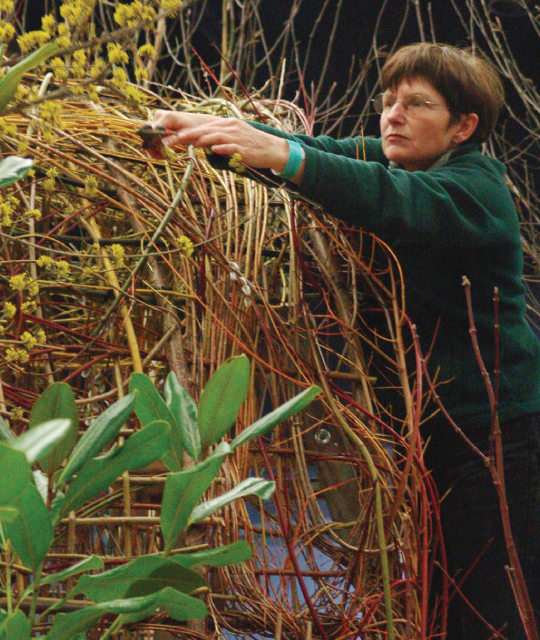

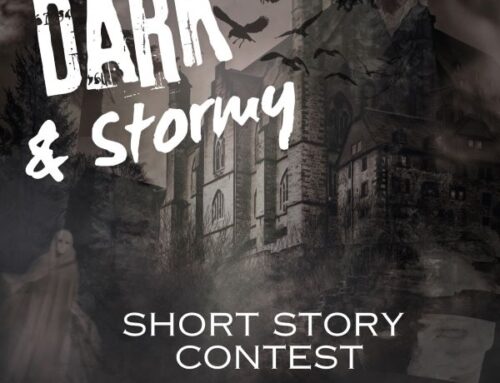
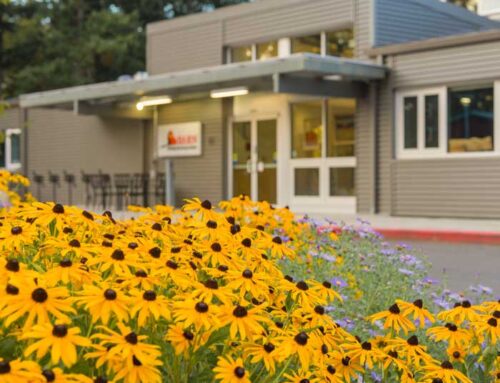
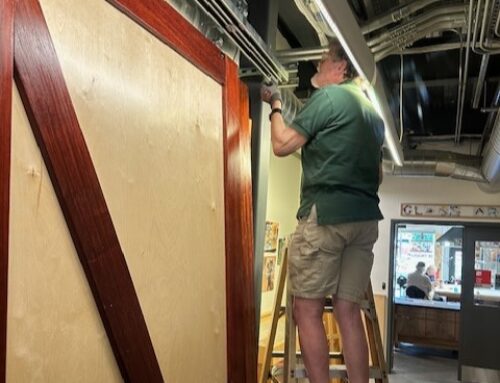
Follow Us